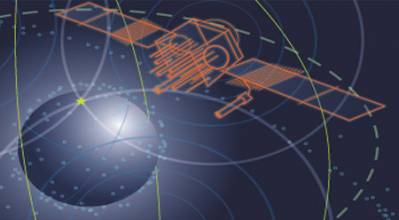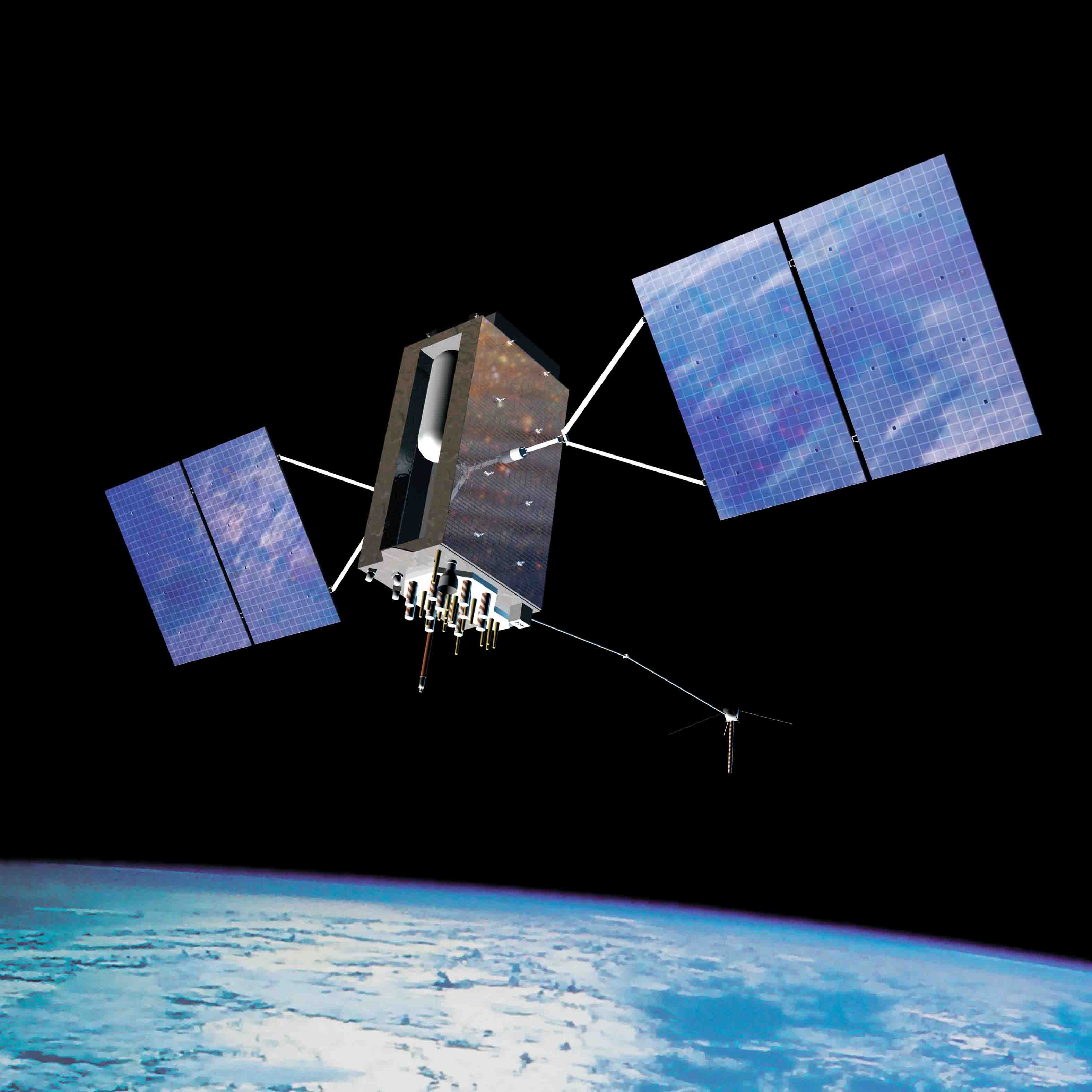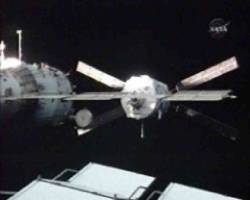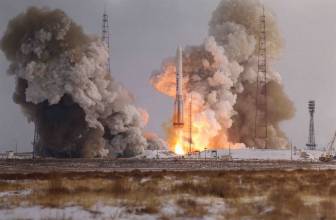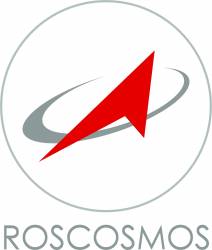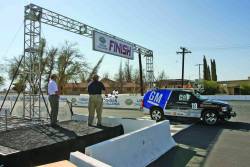Frequency Electronics Gains GPS IIIA Clock Contract
Frequency Electronics, Inc. (FEI) has received an authorization to proceed (ATP) on a new contract to provide master clocks and microwave sources for payloads on the next-generation GPS IIIA satellites. Lockheed Martin Space Systems Company leads a team that will build the IIIA spacecraft under a recently announced Air Force contract.
According to FEI, the value of the contract, when finalized, could exceed $10 million with more than half of the work to be completed over the next 18 months.
By Glen Gibbons


